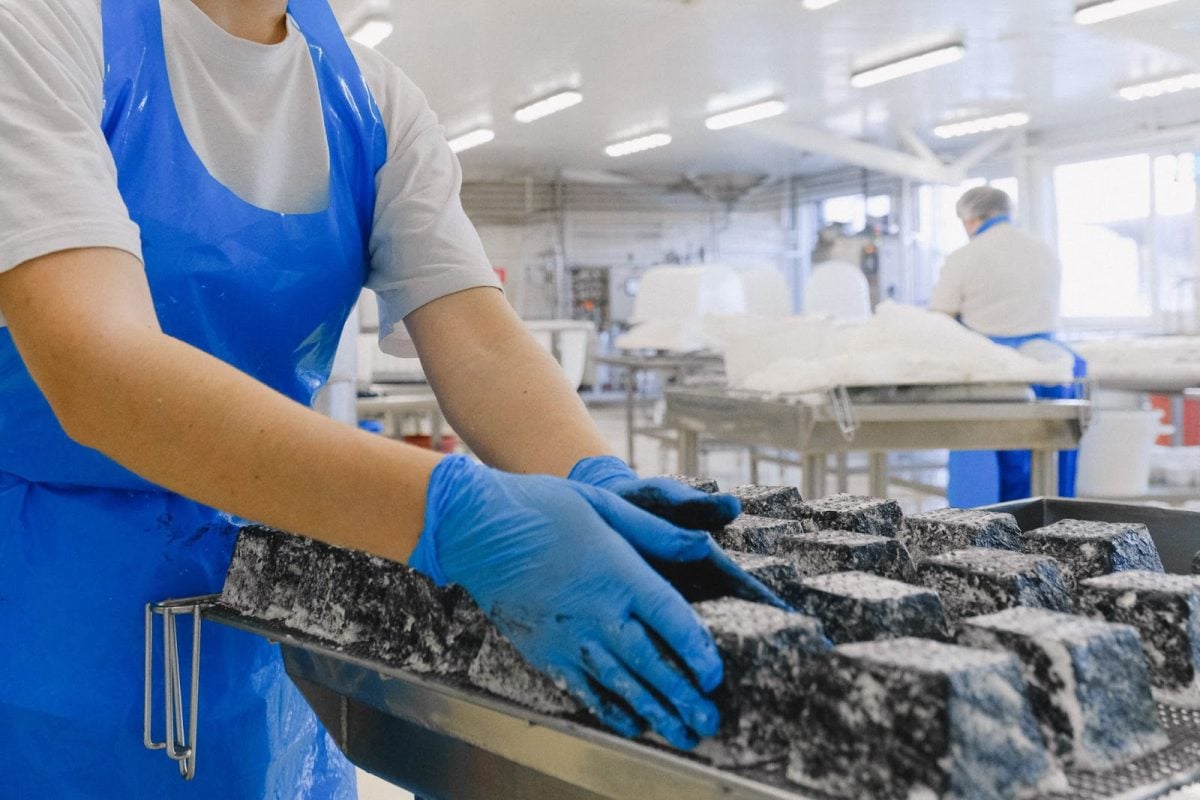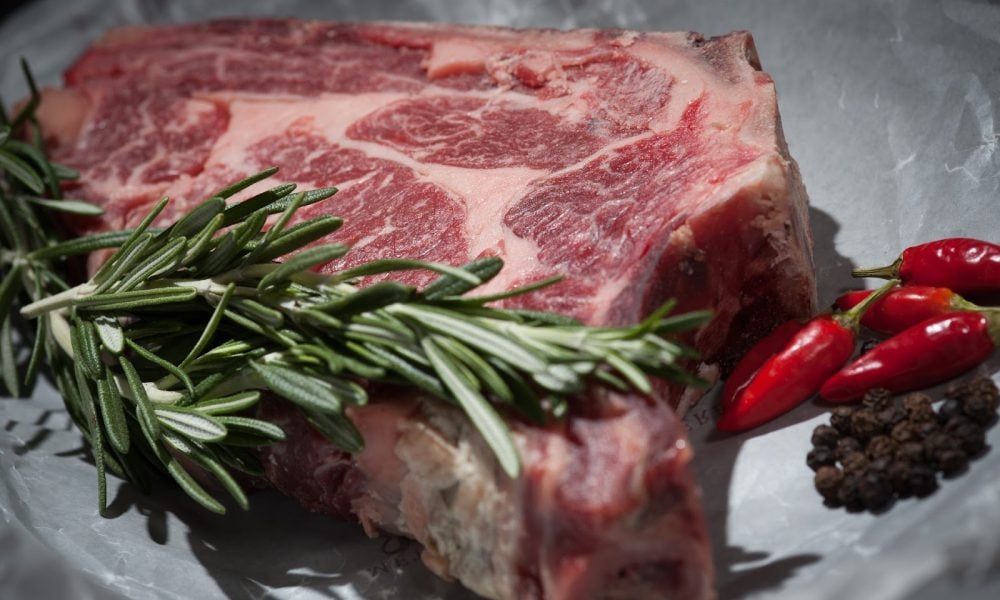When releasing a food product, there are many food safety concerns that have to be addressed to ensure proper adherence to relevant legislation such as Natasha’s Law, The Food Information Regulations 2014, and the Food Safety Act 1990, to name some of the most notable legislations.
Failure to follow food standards can have serious consequences for a business and its consumers, so it’s essential to comply with all legislation to the highest standard possible.
One of the most pervasive issues in the food industry is food fraud, which can be difficult for businesses to tackle as the crime may occur externally, such as with suppliers. In this article, we’ll explain what food fraud is and what steps can be taken to mitigate the potential of this occurring.
What is Food Fraud?
While food products may be unintentionally misrepresented, ingredients not being appropriately declared on packaging due to human error for example, the UK Government describes food fraud as the “intentional adulteration or mislabelling of food for financial gain”. This is a crime under the Food Safety Act 1990, which prohibits food from being sold or presented in a false or misleading way.
Food fraud may occur at nearly any point in the supply chain; a business may intentionally have an incorrect ‘use by’ date on their products to sell more of their expiring stock, or a supplier may hide that they are using low-quality ingredients for economic gain. Understanding the many different ways food fraud can occur can be daunting. While there is no universally agreed-upon definition of this crime, organisations typically divide types of food fraud into the following different categories.
The Different Types of Food Fraud
The European Union and UK Government mention several types of food fraud. The most commonly identified types are as follows:
Adulteration: The adulteration of food occurs when an undeclared ingredient is included in a product, usually declared as a higher quality ingredient to boost the perception of the product while keeping production costs low. One of the most famous examples occurred in 2013 when many ‘beef products’ contained substantial amounts of horsemeat.
Misrepresenting/Mislabelling: This refers to a product being incorrectly marketed or having false labelling claims on the packaging. Examples include: falsely claiming a product is produced in a specific country, or claiming that it is suitable for consumption by vegans.
Substitution: Substitution is similar to adulteration as both are usually done to fake quality and lower production costs, though substitution refers explicitly to replacing a high-quality ingredient with a low-quality substitute.
Counterfeiting: Counterfeiting involves trying to mimic the look of another brand, typically one that’s well-known and trusted, to deceive shoppers. Typically the company undergoing counterfeiting will try and mimic a respectable brand without undertaking the same food safety standards.
Theft: One of the most self-explanatory on the list, theft refers to stealing legitimate products and reselling them.
Distribution: Distribution occurs when products are sold outside of their intended market. A common example of this is relief food (typically made available after natural disasters) being resold for profit.
Food Document Fraud: In an attempt to make these fraudulent products appear more credible, false documents will frequently be developed to claim regulatory standards are met.
Over-run and unlawful processing: Unlawful processing involves using unapproved techniques or facilities in the food production process. Over-run refers to selling more products than officially stated, with the unreported amount typically sold in unauthorised markets. This is also known as grey market production.
What Can Be Done to Reduce Food Fraud?

The difficulty when tackling this crime is that even if your business’s internal processes are of a high standard, food fraud may still occur externally, such as with your supplier. When dealing with a new supplier, you require reassurance that you can trust their processes and the quality of the end product you’re receiving. As a result, food safety professionals carry out regular tests on the products that they receive in order to verify their quality and authenticity.
Many food businesses will also conduct risk assessment surveys with suppliers and subject them to audits to guarantee they meet required standards.
Furthermore, when choosing a new supplier, it’s common to look for one with certification from a respectable organisation such as the Global Food Safety Initiative, which provides reassurance from a third-party that can vouch for their food safety processes.
Food businesses in the UK must have a system in place that allows for the traceability of all food products in the supply chain, showing the movement of food products. Using a traceability system is an excellent way to eliminate doubts about common types of food fraud occurring, such as distribution and misrepresentation.
Internally, your businesses should ideally foster a culture of care and excellence that prioritises the well-being of their customers and to eliminate the potential of food fraud occurring, while providing staff with the confidence to report any potential instances of food fraud they may see happening within the business. Staff can also take food fraud prevention courses, such as those offered by the British Standards Institution, to better understand how to identify and reduce the risk of these issues.
Food fraud is difficult to tackle due to the many different ways it can occur. While it may be impossible to eliminate the risk of this crime occurring when dealing with large supply chains with multitudes of suppliers, constant vigilance and routine checks of products will certainly help catch these issues before they reach the consumer.
We hope this article has broadened your knowledge of food fraud’s risks and common methods. For more advice on how to keep your business and consumers safe, check out our Allergen Management Article.
LiberEat - Allergen Detection Software
Food allergen rules and regulations continue to change and evolve. Food businesses in production, hospitality, catering, and retail must be vigilant when working with ingredients, products, and dishes containing allergens and exercise due diligence when providing ingredient and allergen information to consumers. Successful allergen management is a big part of Food Safety professionals creating a culture of care and excellence within their teams.
LiberEat offers a second line of defence for food businesses by detecting errors, allergens, and other harmful ingredients with our proprietary Allergen Detection Software. Food businesses can apply this technology directly to identify errors in allergen communications, preventing the risk of injury to consumers. Contact us today to learn more about how we can support your existing food safety processes.
LiberEat works closely with food businesses to ensure consumers are safe and healthy when consuming your produce.

